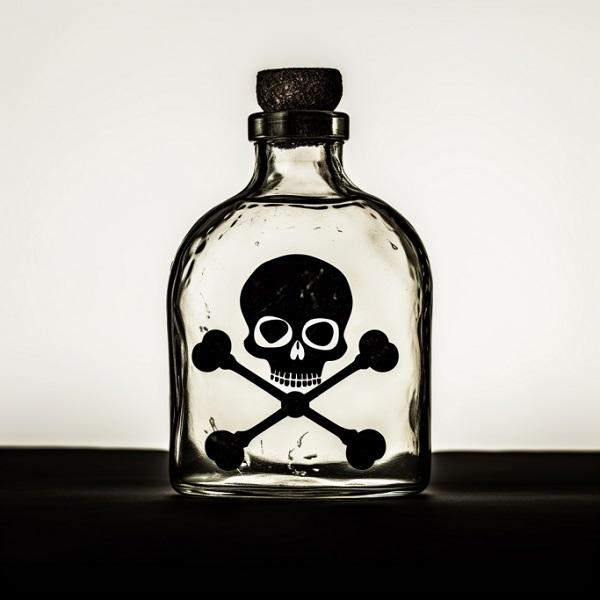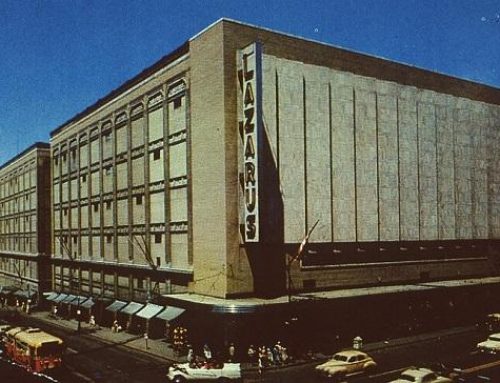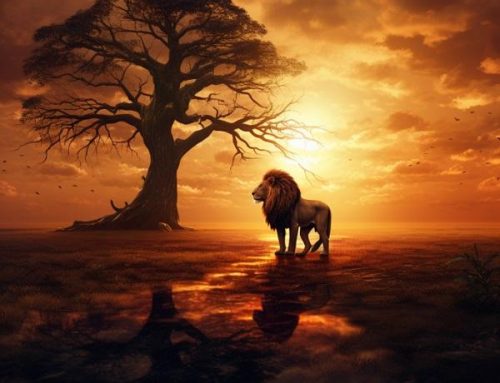The skull and crossbones is one of the most instantly recognizable symbols in the world, conveying danger and death wherever it appears. But where did this ominous icon originate, and how did it become so strongly associated with poison? The history of the poison symbol stretches back thousands of years, encompassing ancient civilizations, pirates, and the beginnings of modern hazard labeling. By examining its roots and evolution, we can better understand the enduring power and versatility of this iconic image.
The use of skulls and bones as symbols of mortality has roots in ancient cultures across the world. One early example comes from Ancient Egypt, where carved or painted skulls were placed on the tombs of the deceased, representing the finality of death. The famous burial chamber of the boy pharaoh Tutankhamun, who died in 1323 BCE, contains gilded shrines decorated with a dark blue skull cap symbol. This demonstrates an early funerary use of the skull icon in Egyptian culture.
In the Middle Ages, the Knights Templar, a Catholic military order, also made use of the skull and crossbones symbol. It is believed they interpreted the image as a representation of Golgotha, the Biblical site where Jesus was crucified. The Knights Templar often adorned their tombs and crypts with skulls, crossbones, and full skeletons, embracing the memento mori perspective these symbols encouraged.
Beyond its associations with death, the skull and crossbones also has links to alchemy and the element sulfur. Alchemists used skulls and crossbones to represent certain alchemical processes and as a warning against dangerous procedures. The elemental symbol for sulfur, a triangle atop a Greek cross, bears a strong resemblance to a skull and crossbones. This allusion connected the symbol to sulfur’s toxic qualities.
By the 17th century, the skull and crossbones had become strongly tied to poison and danger due to its prominence among pirates sailing the Caribbean. Pirate ships often flew flags featuring grinning skulls, swords, and hourglasses, collectively known as the Jolly Roger. This flag signaled they were outlaws and were willing to fight to the death. The pirates’ black flags with white skull and crossbones designs struck fear into merchant ships, warning them that resistance could end violently.
This piratical association directly influenced the symbol’s subsequent adoption as the quintessential poison label. In 1829, New York State passed a law requiring all containers of dangerous substances to display a label clearly denoting their contents as poison. The law suggested, but did not mandate, the skull and crossbones as the recognizable marker. By the 1840s, the skull and crossbones had become the standard symbol for poison in the United States and much of Europe.
While the skull and crossbones retains a relatively consistent meaning in Western cultures, its interpretation and artistic representation varies globally. In Mexico, calaveras – whimsical skeleton figures often wearing hats – are a prevalent Day of the Dead symbol celebrating the lives of deceased loved ones. In China, skull and crossbones figures known as kui or gui represent wrathful protective deities. And in the Native American Pueblo culture, skeleton icons symbolize the impermanence of life.
By the early 20th century, the skull and crossbones was firmly established as an international warning of danger. However, concerns emerged that the foreboding design was too extreme for some contexts, especially households and pediatric medicines. This led to the introduction of Mr. Yuk, a green frowning caricature, as an alternative poison symbol in 1971. While Mr. Yuk gained some traction, the classic skull and crossbones remains the most common poison identifier on hazardous materials.
The cultural presence and resonance of the poison symbol continues today through artistic, fashion, and political appropriations. Its provocative form has made it a popular tattoo design and graphic on clothing and jewelry, often intended to convey a sense of edginess, danger, or defiance of authority. Activist groups across the political spectrum have incorporated skull and crossbones imagery into their messaging and iconography. And in the digital age, movie and music piracy networks have adopted the Jolly Roger flag as a tongue-in-cheek emblem of illegal downloading.
From ancient civilizations to contemporary pop culture, the poison symbol carries a macabre potency and mystique. Its origins encompass mortality rituals, alchemy, piracy, and early safety legislation, evolving into one of the most trusted universal warning signs. The embedded associations with risk and rebellion contribute to its widespread cultural imprint. For thousands of years, in forms both playful and fearsome, the skull and crossbones has fixated, frightened, and fascinated humanity. Wherever we encounter it, on a bottle of bleach or a pirate flag fluttering in the breeze, it embodies a memento mori – a reminder of our own impermanence in the face of danger.
GHS, DOT Hazmat, and OSHA: Skull and Crossbones Symbol
The skull and crossbones symbol has a long history of representing danger, poison, and death. In modern times, this symbol is used in various hazard communication systems, such as the Globally Harmonized System of Classification and Labeling of Chemicals (GHS), the Department of Transportation (DOT) Hazmat placards, and the Occupational Safety and Health Administration (OSHA) signs and placards.
GHS Placards and Labels
In the GHS system, the skull and crossbones pictogram represents chemicals with the highest levels of acute toxicity, meaning these chemicals have an immediate and severe (even lethal) effect on human health. The symbol is used to ensure that people recognize hazardous chemicals in their workplace, understand the dangers they face, and know the precautions they need to take.
DOT Hazmat Placards
The DOT requires drivers to display hazmat placards on vehicles transporting hazardous materials. The skull and crossbones symbol is used to indicate toxic materials, which can be fatal if swallowed, inhaled, or absorbed through the skin. The placards help inform emergency responders of the substances involved in case of an accident
Conclusion
Sources:
- MySafetySign: History of the Skull & Crossbones and Poison Symbol
- Tamed Winds: Brief history of Skull and Bones a.k.a. Jolly Roger
- Wikipedia: Hazard symbol
- Finder: Death and gravestone symbolism {Infographic}
- NCBI: POISON POLITICS: A Contentious History of Consumer Protection Against Dangerous Household Chemicals in the United States
- NYAM Center for History: Pirates, Poison, and Professors: A Look at the Skull and Crossbones Symbol
- Piggotts: Skull & crossbones: the history of the Jolly Roger
- Symbol Sage: What Is the Symbolism of Skull and Crossbones?










